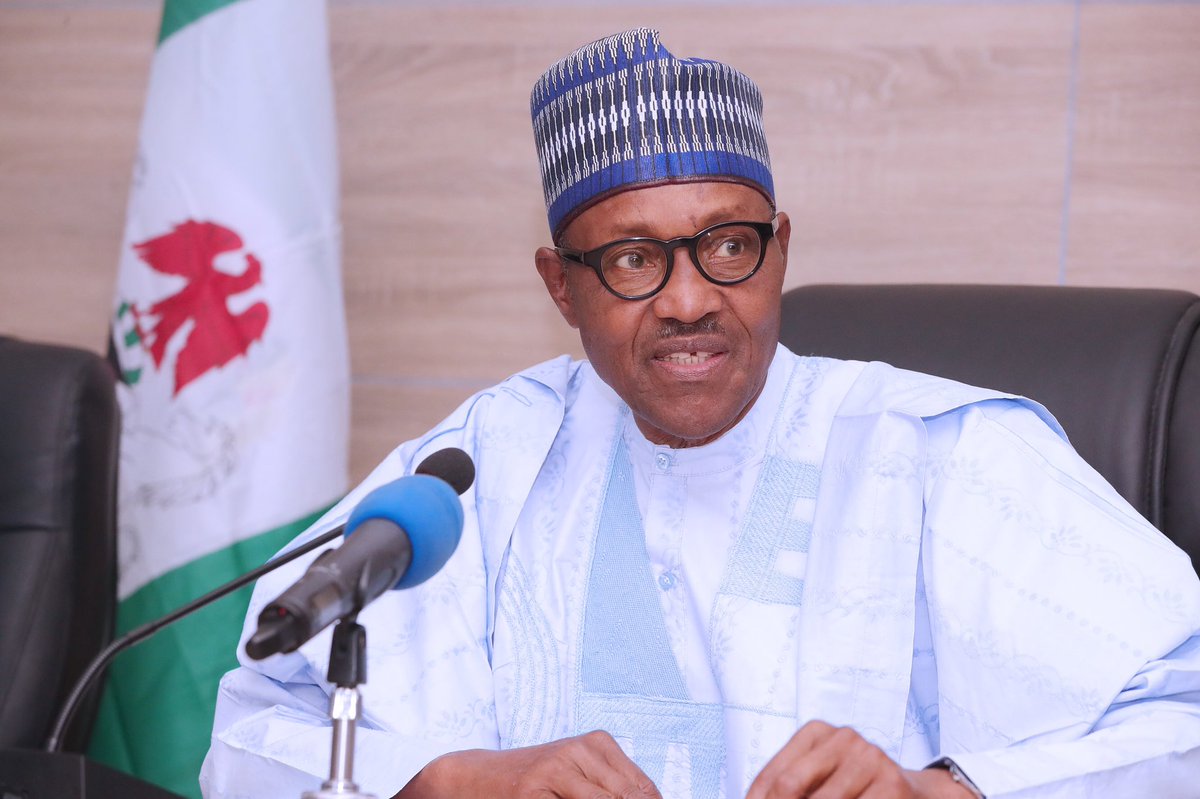By Tunmise Adewunmi
Given the decades of failed promises and foot-dragging by different military and civilian administrations, the construction and eventual completion of the Second Niger Bridge is a fulfilment of the promise made by President Muhammadu Buhari to grow the economy through the regeneration, rebuilding, and expansion of the nation’s infrastructure on a scale that has not been seen in a long while.
In serious and substantive ways, President Muhammadu Buhari, has proven to be a leader, who makes good his promises. Practical and proactive, he has always held that building a 21st Century infrastructure is a critical component of his government’s efforts to accelerate economic growth, expand opportunities, and improve the competitiveness of the Nigerian economy.
He promised, at the outset of his administration, that the Second Niger Bridge would not just be constructed during his time in office, it would be completed to undergird his commitment to bequeathing to Nigerians, robust infrastructure that would calibrate and significantly improve the economy.
Despite the global economic recession, the COVID-19 pandemic with its attendant headwinds, and the many attritional hiccups, the sprawling 1.6km bridge straddling the River Niger and providing a vital link between the eastern and western parts of the country, was opened for public use on December 15.
Like a burst of the rainbow through a very cloudy sky, the new bridge, a double three-lane highway designed to connect the commercial cities of Asaba and Onitsha in Delta and Anambra States respectively, stands out in its pristine and aesthetic glory. No more for transporters and passengers alike are the long hours of numbing traffic.
Beyond its imposing architectural beauty, the Second Niger Bridge, constructed by Julius Berger, is a vital infrastructure project that will greatly improve the country’s transportation network, improve access to the Port of Onne, one of the country’s busiest ports, and reduce the time and cost of transporting goods in that axis.
In addition to its economic benefits, the Second Niger Bridge will improve the environment as the pollution on the existing Niger Bridge will be vastly reduced. Overall, it is an important project that will impact significantly the lives of people in the region and beyond.
The Minister of Works and Housing, Babatunde Raji Fashola (SAN), who superintended the construction of the bridge, once said, “If in 2015, the complaint was the neglect or lack of life-defining infrastructure across the country and today, these infrastructure are being completed or within the finish line; if, in 2015, the conversation was on the existence of a large number of abandoned infrastructure and the seeming lack of political will to complete those infrastructure in spite of the availability of resources and today the Buhari administration has made these possible despite lean resources;
“If in 2015 such critical infrastructure as the Second Niger Bridge, the Lagos-Ibadan Expressway, the Abuja-Kaduna-Zaria-Kano Expressway were either totally non-existent or in a very deteriorated state, and if today the PMB administration has demonstrated that needed political will to break the jinx on our nation’s historically most difficult projects, does it not stand to reason to conclude that the party which formed the government deserves to continue to deliver to the people of Nigeria these life-defining infrastructure? Think about this.”
Indeed, the history of the new bridge is as convoluted as it is confounding. Located downstream of the existing Niger Bridge, which was completed in 1965 and has become heavily congested due to the increase in traffic in the region, the Second Niger Bridge was first proposed during the 1978/79 electioneering season by the National Party of Nigeria (NPN) candidate, Alhaji Shehu Shagari. He won the election and went on to serve for four years but never revisited that promise.
In 1987, General Ibrahim Babangida, then Head of State, after a warning about the state of the existing Niger Bridge by Abubakar Umar, his Minister for Works and Housing, challenged local engineers to design the Second Niger Bridge. Rising to the challenge, the Nigerian Society of Engineers incorporated a consulting firm called NSE PREMS Limited, which subsequently delivered a master plan. The addition of the East-West railway line to the project and the political turmoil that impaired the Babangida administration scuttled the plan.
Under successive military governments, the project received scant attention. Upon the return to civilian rule in 1999, President Olusegun Obasanjo promised to deliver the bridge. However, his administration did not carry out any activity on the project until five days before he handed over to the then-incoming administration of Umaru Musa Yar’Adua. Flagging off the project in Asaba at the twilight of his administration was widely perceived for what it was; a smokescreen and a charade.
In 2014, former President Goodluck Jonathan laid the foundation for the construction of the bridge, promising that it would be completed on schedule and according to specifications in 48 months. He said the bridge was critical to his administration’s resolve to improve the economic fortunes of the country, adding, “I do not make empty promises in my campaign, because whatever I promise to do, I had already carried out an adequate study to make sure I can accomplish it in the next four years.”
Further, he said, “When the first bridge was built, it was during the presidency of Nnamdi Azikiwe. The Second Niger Bridge will be built under the presidency of Azikiwe Jonathan.”
Jonathan even reportedly vowed that he should be sent into exile if he didn’t complete it. It was yet another electioneering promise that was never kept until Buhari came in 2015.
Indeed, the Second Niger Bridge is a major achievement for the All Progressives Congress (APC) government, a fitting dénouement, and, arguably, the brightest spot in the chequered administration of President Buhari.
Without a doubt, this accomplishment will inform the first line of his epitaph and earn him assured mention in every Nigerian history textbook written from now to eternity.
Adewunmi lives in Port Harcourt, Rivers State













